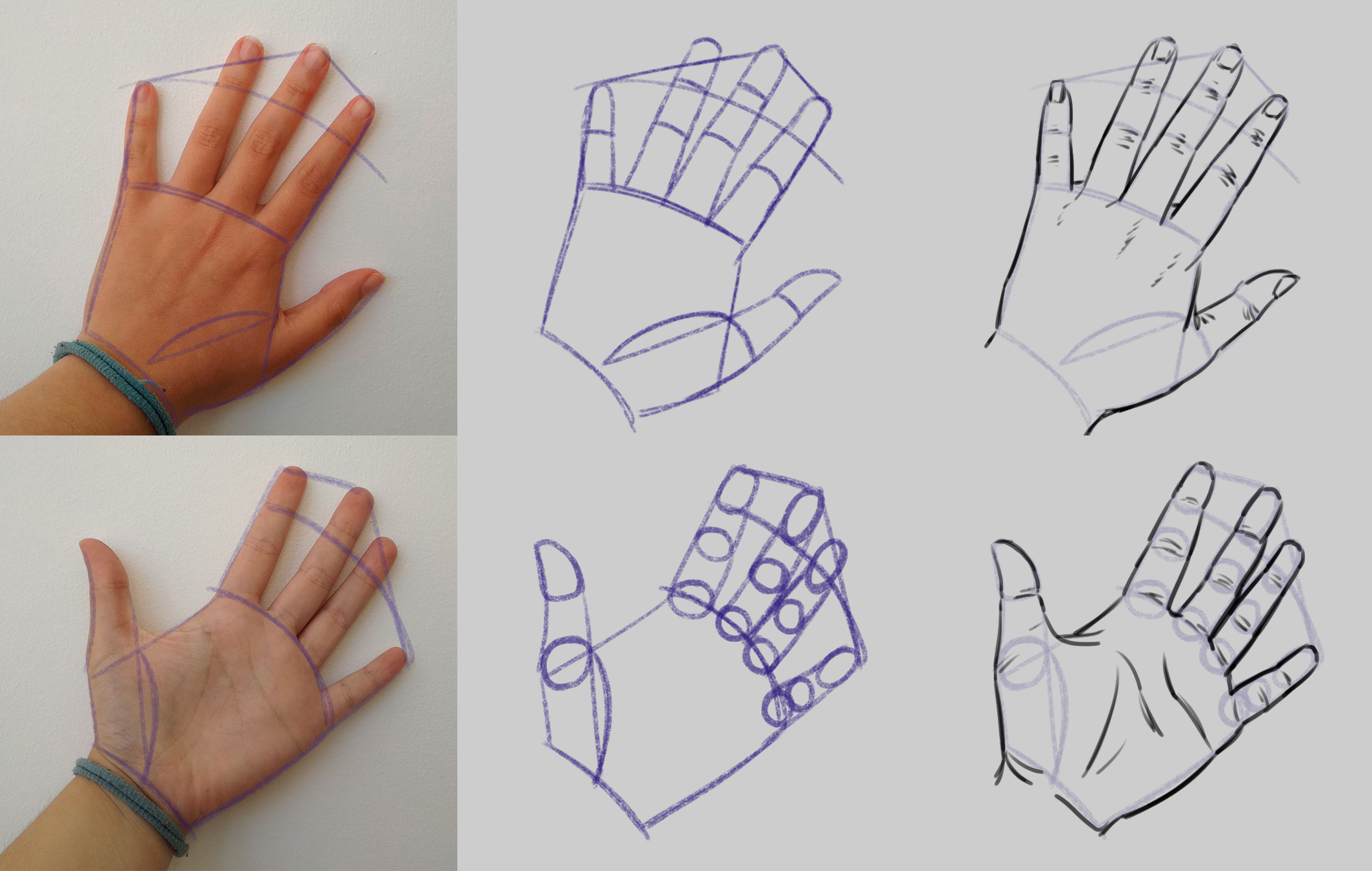A simple guide for learning how to draw lewis dot structures use this
Table of Contents
Table of Contents
A simple Beginner’s Guide to Drawing Lewis Dot Structures
Learning how to draw Lewis Dot Structures can be a bit confusing and frustrating for beginners, but it’s an essential skill for anyone studying chemistry, especially those in high school or college. The structures help students understand chemical bonding and predict chemical reactivity, so it’s essential to learn how to do them well.
So, how exactly do we draw Lewis Dot Structures? Let’s dive in and find out.
In brief, Lewis Dot Structures are diagrams that show the valence electrons of atoms and how they share or transfer electrons during chemical bonding. To draw these structures, there are a few essential steps to follow.
My Personal Experience with Learning how to Draw Lewis Dot Structures
When I started learning about chemistry, drawing Lewis Dot Structures was one of the hardest things to grasp. With practice, I became increasingly more competent, and it started to make sense to me. However, it took time and effort to master it.
The Basics of Drawing Lewis Dot Structures
The first step to drawing Lewis Dot Structures is to determine the number of valence electrons for each atom in the molecule or ion. Then, you should determine the central atom and connect it to the terminal atoms with single bonds. Next, you add up the valence electrons, subtract bonding electrons, and divide by 2 to get the number of non-bonding electrons to distribute around the atoms. Finally, place the non-bonding electrons around the atoms to satisfy the octet rule. It’s a simple process, but it takes practice to master.
The Importance of the Octet Rule in Drawing Lewis Dot Structures
The octet rule is a fundamental principle that governs the drawing of Lewis Dot Structures. In essence, it states that each atom should have eight electrons in its outermost shell to be stable. The octet rule offers guidance on determining which atoms will have a single or double bond and where to place the non-bonding electrons in the structure.
The Exceptions to the Octet Rule
There are a few exceptions to the octet rule. For example, some compounds contain atoms with fewer or more than eight electrons surrounding them. Some common examples are hydrogen, boron, beryllium, and aluminum. It’s important to note that these exceptions occur because these atoms have valence electrons that have not bonded, so they can accept or donate electrons to satisfy the octet rule.
Some Tips to Help You Draw Lewis Dot Structures Faster
Here are a few tips to help you draw Lewis Dot Structures with greater efficiency:
- Practice drawing Lewis Dot Structures every day. The more you practice, the better you will become.
- Familiarize yourself with the octet rule and the exceptions to the rule.
- Use a structured approach to drawing Lewis Dot Structures to cut down on mistakes and time.
- Maintain a clear and concise approach to writing Lewis structures.
Question and Answer
Q1. What are Lewis Dot Structures?
A1. Lewis Dot Structures are diagrams that show the valence electrons of atoms and how they share or transfer electrons during chemical bonding.
Q2. Why are Lewis Dot Structures important?
A2. Lewis Dot Structures help students understand chemical bonding and predict chemical reactivity, so it’s essential to learn how to do them well.
Q3. What is the octet rule in drawing Lewis Dot Structures?
A3. The octet rule is a fundamental principle that governs the drawing of Lewis Dot Structures. In essence, it states that each atom should have eight electrons in its outermost shell to be stable.
Q4. What are some tips for drawing Lewis Dot Structures faster?
A4. Practice drawing Lewis Dot Structures daily, familiarize yourself with the octet rule, and use a structured approach to cut down on mistakes and time.
Conclusion of how to draw Lewis Dot Structures
Drawing Lewis Dot Structures is an essential skill for anyone studying chemistry. It takes time, effort, and patience to master, but with practice, you can become proficient at it. Following the basic steps and understanding the octet rule will significantly aid you in drawing the structure correctly; it’s satisfying to see the final product once you’re done with the drawing. I hope this beginner’s guide has been helpful, and you are more than welcome to check out the resources provided above to sharpen your skills further.
Gallery
3 Ways To Draw Lewis Dot Structures - WikiHow

Photo Credit by: bing.com / wikihow electrons
Lewis Dot Structures | ChemTalk

Photo Credit by: bing.com / dot
3 Ways To Draw Lewis Dot Structures - WikiHow

Photo Credit by: bing.com / lewis dot structures draw formel wikihow ways
A Simple Guide For Learning How To Draw Lewis Dot Structures. Use This

Photo Credit by: bing.com / lewis structure dot draw chemistry molecular structures infographic notes organic worksheet classroom help simple drawing diagram electron geometry worksheets chemical
3 Ways To Draw Lewis Dot Structures - WikiHow

Photo Credit by: bing.com / wikihow






